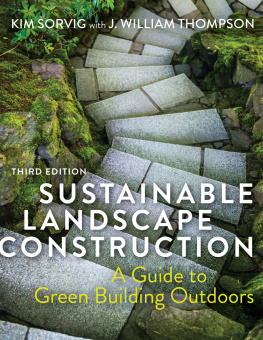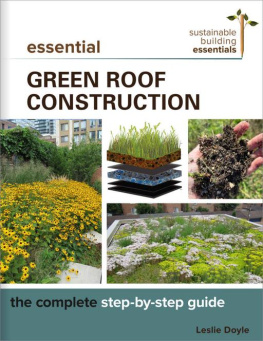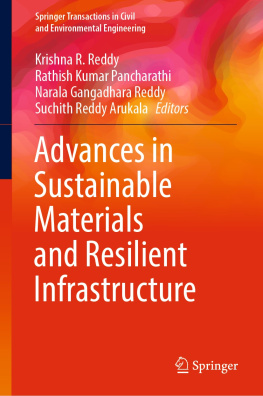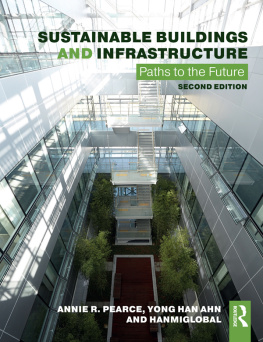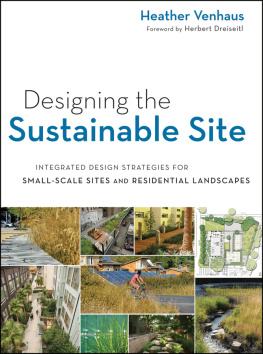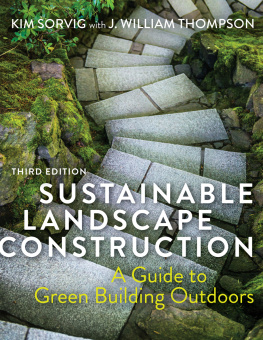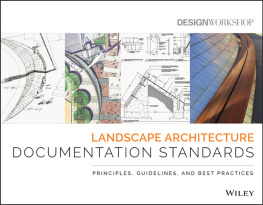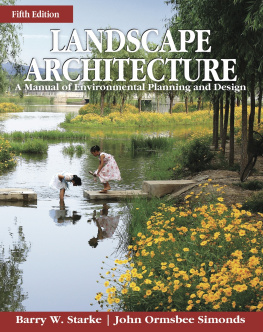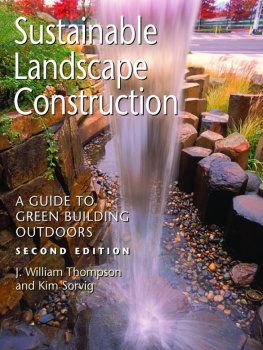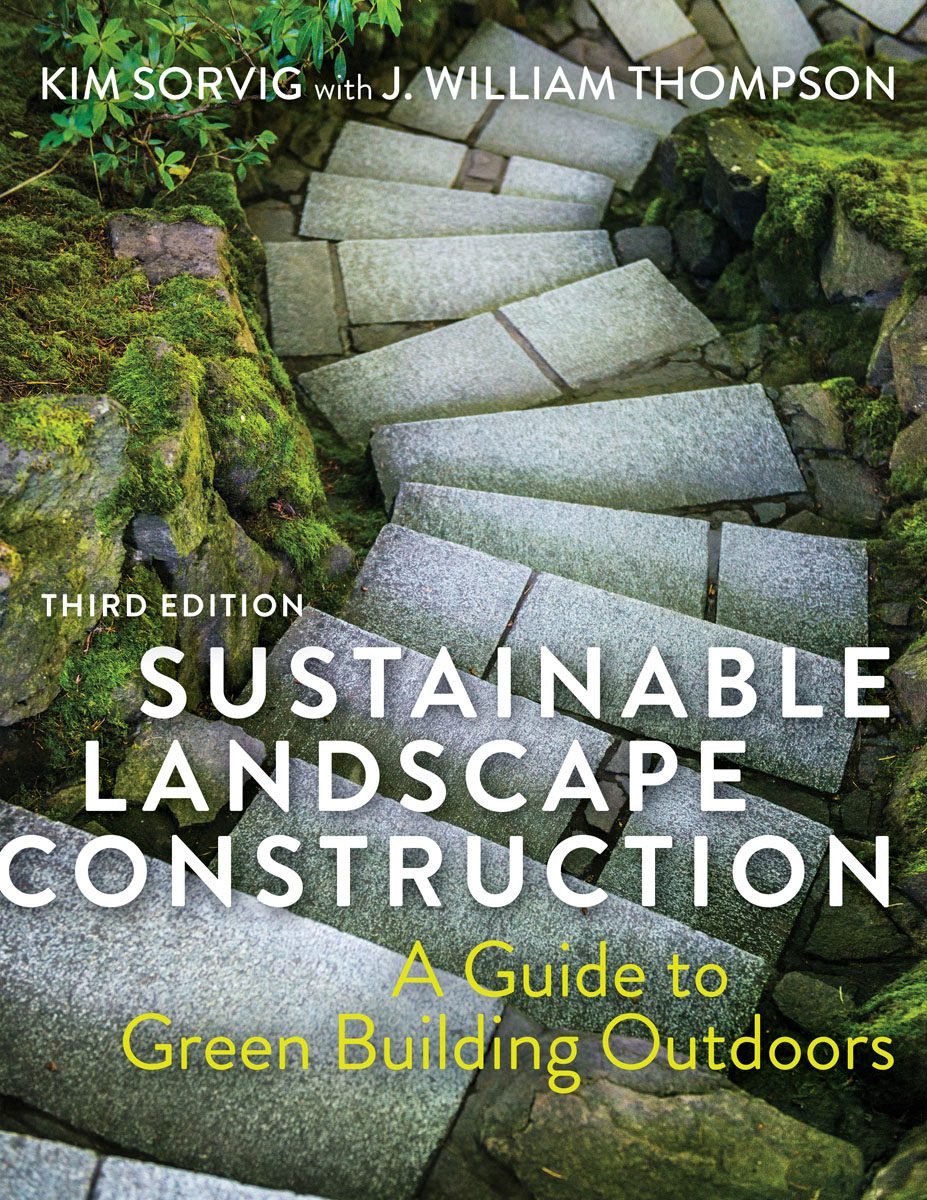
About Island Press
Since 1984, the nonprofit organization Island Press has been stimulating, shaping, and communicating ideas that are essential for solving environmental problems worldwide. With more than 1,000 titles in print and some 30 new releases each year, we are the nations leading publisher on environmental issues. We identify innovative thinkers and emerging trends in the environmental field. We work with world-renowned experts and authors to develop cross-disciplinary solutions to environmental challenges.
Island Press designs and executes educational campaigns, in conjunction with our authors, to communicate their critical messages in print, in person, and online using the latest technologies, innovative programs, and the media. Our goal is to reach targeted audiencesscientists, policy makers, environmental advocates, urban planners, the media, and concerned citizenswith information that can be used to create the framework for long-term ecological health and human well-being.
Island Press gratefully acknowledges major support from The Bobolink Foundation, The Curtis and Edith Munson Foundation, The Forrest C. and Frances H. Lattner Foundation, The JPB Foundation, The Kresge Foundation, The Summit Charitable Foundation, Inc., and many other generous organizations and individuals.
The opinions expressed in this book are those of the author(s) and do not necessarily reflect the views of our supporters.

Copyright 2018 Kim Sorvig and J. William Thompson
All rights reserved under International and Pan-American Copyright Conventions. No part of this book may be reproduced in any form or by any means without permission in writing from the publisher: Island Press, 2000 M St., NW, Suite 650, Washington, DC 20036.
ISLAND PRESS is a trademark of The Center for Resource Economics.
Keywords: Bio-based products, Biophilic design, Climate change, Ecosystem management, Efficiency, Energy use, Erosion, Graywater, Green infrastructure, Integrated pest management, Irrigation, Landscape architecture, LEED, Life-cycle assessment, Lighting, Machinery, Maintenance, Materials selection, Nontoxic building materials, Paving, Permaculture, Phytoremediation, Recycled materials, Renewable energy, Resilience, Restoration, Site assessment, Soil, Solar, Stormwater, Sustainable Sites Initiative
Library of Congress Control Number: 2017948523
All Island Press books are printed on environmentally responsible materials.

Manufactured in the United States of America
10 9 8 7 6 5 4 3 2 1
The Fine Print
This book reports information from designers, contractors, manufacturers, academic researchers, and many others. The author has attempted to ensure that all the information herein is credible but has performed no independent testing of these reports. Reporting such information does not constitute endorsement of any product or method. Exclusion of products or methods does not imply a negative evaluation. All trademarks remain property of their respective owners. The author and publisher specifically disclaim any and all liability purported to result from inclusion or exclusion of a product or method in this book.
Variations among regions and sites result in very different performance from the same products and methods, and no assurance can be given that any information reported herein is suitable for any given site. The information reported herein may contain errors and omissions, and even where complete and accurate it is not a substitute for local expertise and professional judgment. Illustrations are not intended as ready-to-build, step-by-step instructions, but rather to depict concepts and processes. The author and publisher specifically disclaim any and all liability for any situation resulting from use or attempted use of this information.
Contents
List of Figures
For location, project, image source, and design firm information, see full captions and main text.
List of Tables
Preface to the Third Edition
Between the release of the first edition of Sustainable Landscape Construction in 2000, the second in 2007, and this third edition, the world has changed. Both the environment in which green builders operate and green building itself have gradually changed over nearly two decades. The principles around which this book is organized, however, have not changed, nor have the main issues that the landscape professions face in trying to achieve sustainability. Much of what was said in the preface to the second edition remains true today, for better and for worse.
For context, in 2000, Y2K had fizzled, and 9/11 hadnt happened. Hybrid cars were experimental, GPS a clumsy novelty. Al Gore hadnt made a film, let alone won an Oscar. By 2007, the first iPod had been released, as had the last Harry Potter book, and the housing bubble was in the process of bursting, taking so much of the economy, and especially the construction sector, with it.
When Bill Thompson and I first decided to write a book treating landscape construction as a value-driven activity, we werent quite crying in the rapidly shrinking wilderness. Neither were the streets overrun with like-minded professionals. It took hard work to find some hundred firms whose mission and focus revolved around sustainable design and construction.
As of 2017 there are too many sustainability-driven planning, design, construction, maintenance, and even engineering firms to count accurately. In general this is welcome. The bandwagon has room to carry widely varied degrees of commitment. That, too, makes it difficult to count whos involved.
For better and for worse, sustainability is part of the 2017 mainstream in design and construction. Todays internal debates are about what works best and how to prove it, not about whether its even worth trying these methods.
The backdrop for sustainable construction has clearly changed economically and politically. First, lingering effects of the housing bubble and recession mean construction money is still tight, and sustainability is now evaluated on its cost-saving capacities as much as on any ecological benefit. Second, the current administration is apparently dedicated to anti-environmentalism, sworn to create an Environment Prevention Agency, roll back renewable incentives, remove protections and funding for clean air and water, deny climate change, and in general stir public sentiment against ecological thinking of any sort. I promise not to linger on these concerns, but clearly, if environmental regulations are scapegoated for all the worlds troubles, it will affect business for landscape professionals. Whether there is funding for green work, and whether that funding is federal, local, or private, remain to be seen.
It would be easier not to write this book right now.
However, there is still potential for positive results, and the landscape professions still have great (and too often unrealized) potential to impact those results. Membership and donations for progressive causes, including the environment, have soared since the election; the increases are sustained, not one-time. During the past decades, momentum for green building has multiplied fast, and has remained surprisingly independent of political tides. It is worth remembering that energy conservation, clean air and water, and pollution prevention got their biggest boost under Nixon. Momentum for sustainability wasnt stopped by ripping solar panels off the White House; it survived James Watt, Gale Norton, Dick Cheney, and other malign administrators. In fact, spending for green building grew steadily, from $10 billion to nearly $200 billion annually, under
Next page
